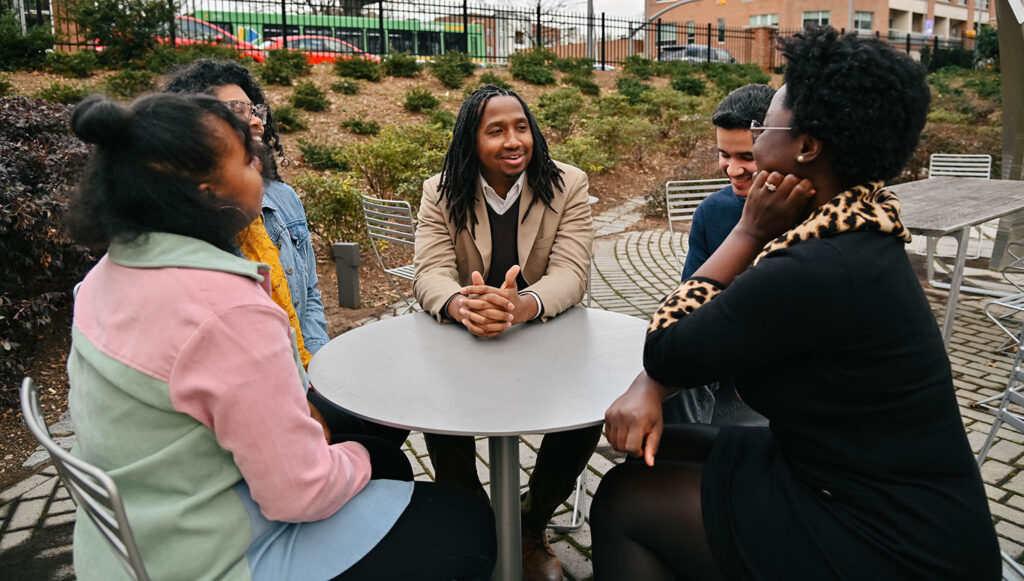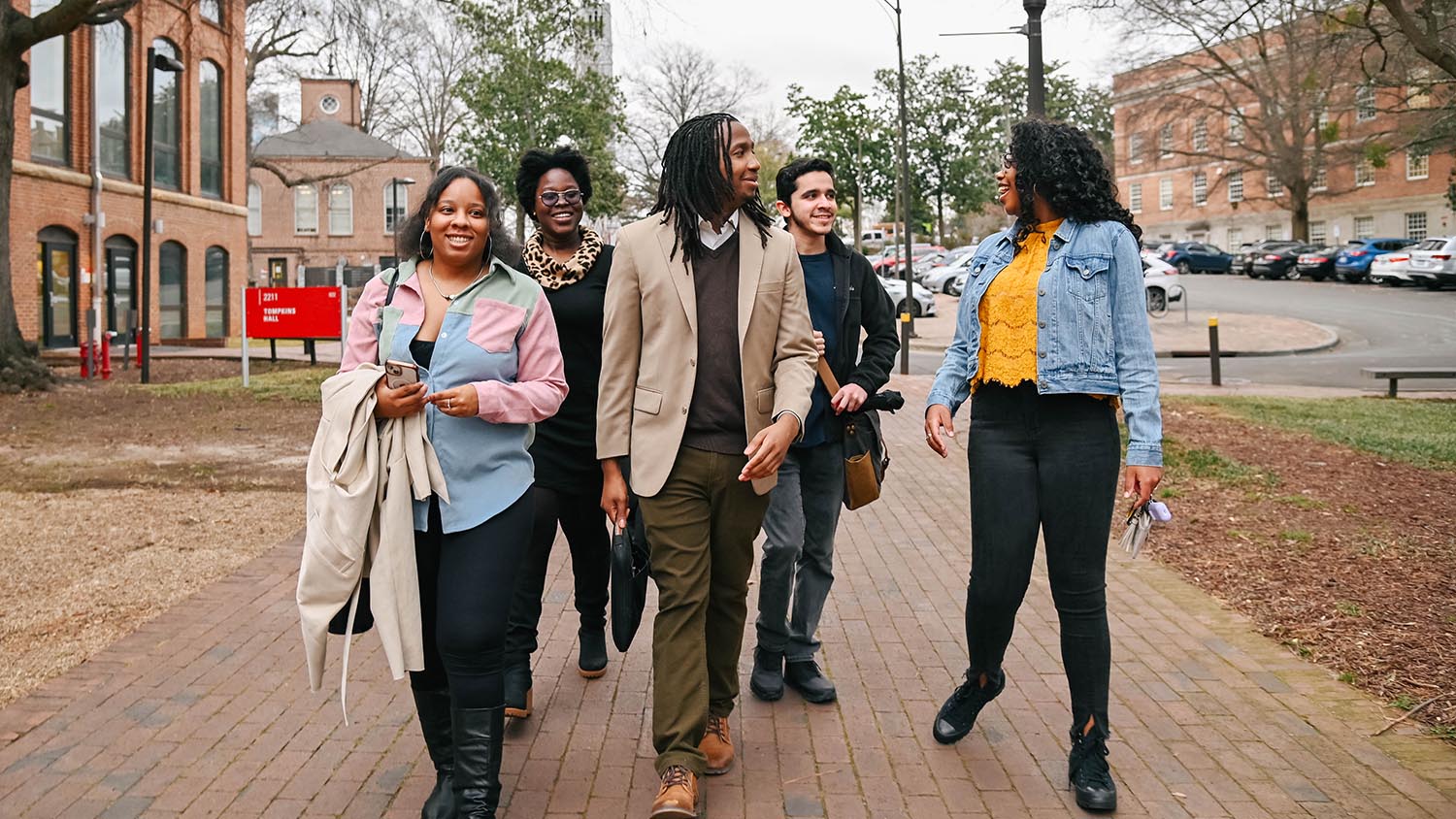It’s a simple question: Why is there a shortage of school psychologists? The answer, and in turn, the solution, is anything but simple.
The dearth of school psychologists has existed for years but moved into the national spotlight after the COVID-19 pandemic and recurrent school shootings. Given the need, the shortage is considered a challenge threatening the well-being of students in North Carolina and the nation.
For Assistant Professor of Psychology Isaac Woods, changing that trend starts with awareness. He is researching the causes of the shortage and studying ways to:
- Increase the number and diversity of people entering the field, including recruiting students at historically Black colleges and universities (HBCUs), and eliminate barriers to entry.
- Leverage the position of existing school employees to help support positive youth development.
- Transform the traditional role of school psychologists from focusing on student evaluations (for special education services) to being more involved in the lives of students, families and teachers.
Woods’ research looks at addressing the shortage in North Carolina, but he hopes it will become a model other states can use.
The National Association of School Psychologists recommends a ratio of one school psychologist per every 500 students. In North Carolina, the ratio is 1 to about 2000, Woods said.
Industry experts estimate it will take years to address the supply and demand gap. Meanwhile, the Centers for Disease Control and Prevention report that 1 in 5 students experience a mental health disorder each year and most who receive support access it at school.
As a result, school psychologists’ services are becoming more integral to student success. Woods said shifting school psychologists’ role beyond assessment would enable them to, among other things, employ intervention and prevention measures, consult with and support teachers, and help with family and community issues. Hopefully, such steps would better reflect their training, promote retention and prevent some ensuing student issues, he said.

Then there’s the recruitment and funding hurdles.
“The biggest need for school psychologists is funding,” said Woods. Having adequate resources, he added, enables schools to provide services — whether at the one-on-one level or school-wide — that impact students who are struggling and the entire student body and their families.
But the cost for most schools, especially those in rural areas in North Carolina, is prohibitive, he noted.
As for attracting professionals into the field Woods said, “School psychologists are a little bit invisible and some people say school psychology needs a better PR team or more marketing to establish itself as a viable career path for students.”
A key factor is helping college students understand the difference between school psychologists and school counselors, Woods stressed. Some of the confusion lies in the collaborative relationships they share, he added.
The profession also needs to attract a more diverse population. For decades, white professionals have dominated the field, Woods said, adding that less than 1 percent of school psychologists are Black men.
He said those entering the profession should reflect the students they serve, share their different experiences and backgrounds, and mirror demographics that comprise more than 50% of the country.
“Adding diversity to the profession will contribute to a beneficial relationship not just for the families we work with, but also for the whole school community,” he said.
To that end, Woods has focused his research on enrolling diverse students into graduate programs. He said he’s developing specific pathways that would expose juniors and seniors at HBCUs and other minority-focused institutions to school mental health careers. These students are looking for career opportunities and have an interest in mental health, psychology and education.
To help prepare and mentor interested students for graduate studies, Woods said he is holding quarterly seminars, discussions and panel discussions with them and school psychologists of color. He is also looking at ways to reduce barriers to entry, including financing.
“Adding diversity to the profession will contribute to a beneficial relationship not just for the families we work with, but also for the whole school community.”
The idea, he added, is to develop these students to enter the field in two to six years.
As for the immediate shortage, Woods said his research team is looking at “recognizing the unique assets of all school employees and leveraging their position to help support positive youth development.” Among them are Black male coaches who Woods said traditionally build relationships with students and motivate and support them.
Resolving the shortage, however, remains an uphill battle. But Woods said advocating for more funding and building relationships with undergraduates, psychology departments and teacher training programs will help.
So will recruiting workers already in education and showing them there are opportunities to remain engaged through other career pathways within school mental health, he added.
- Categories:



